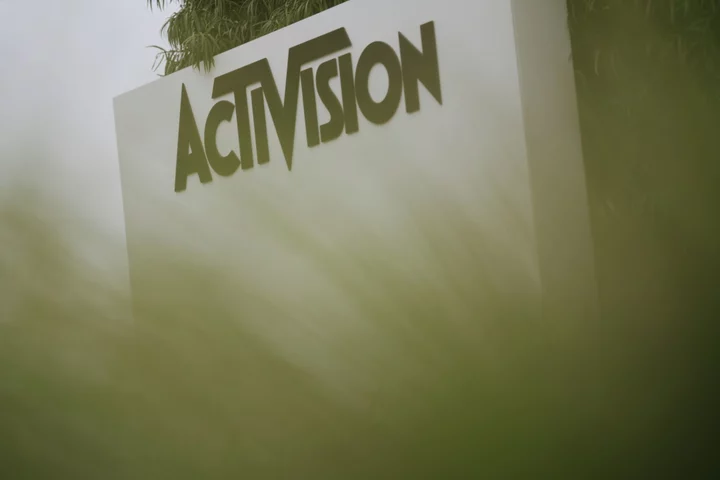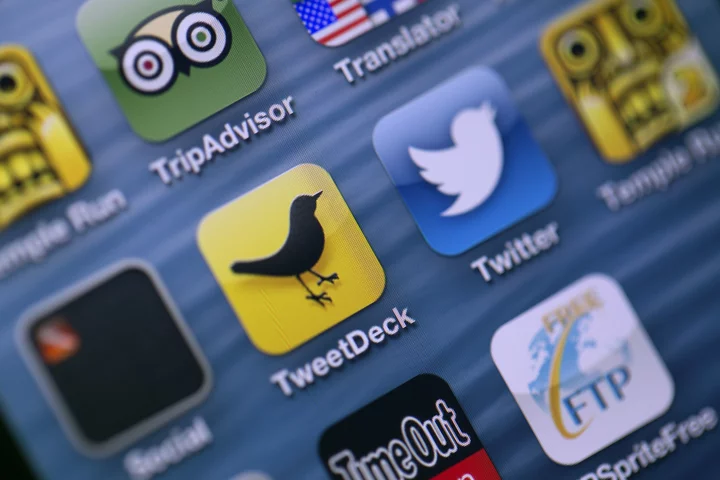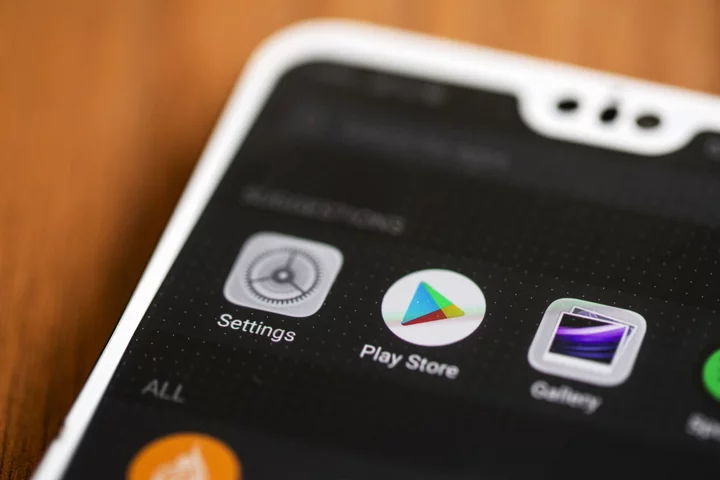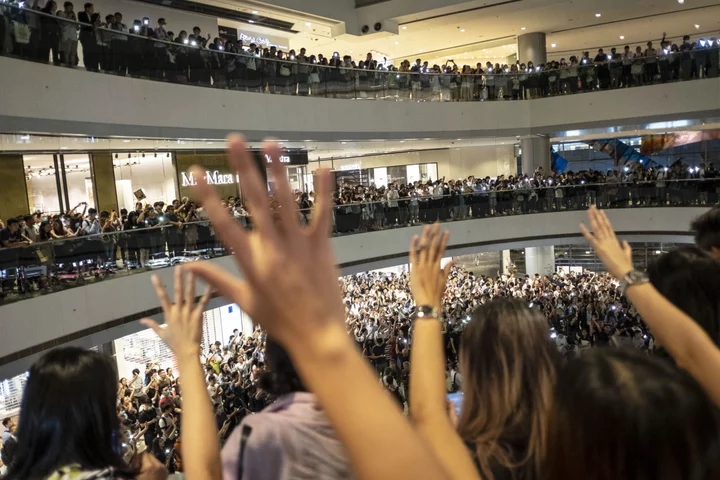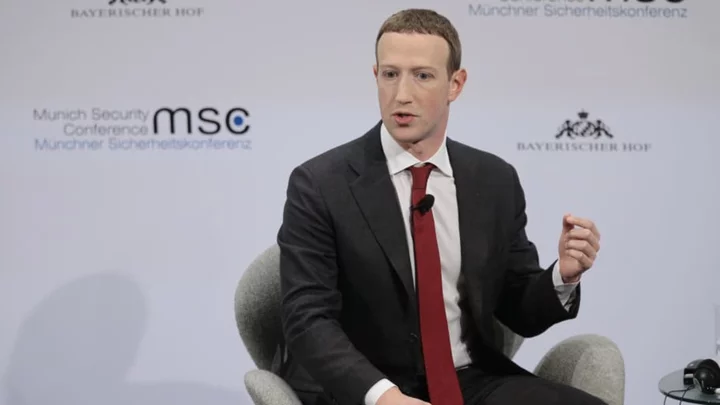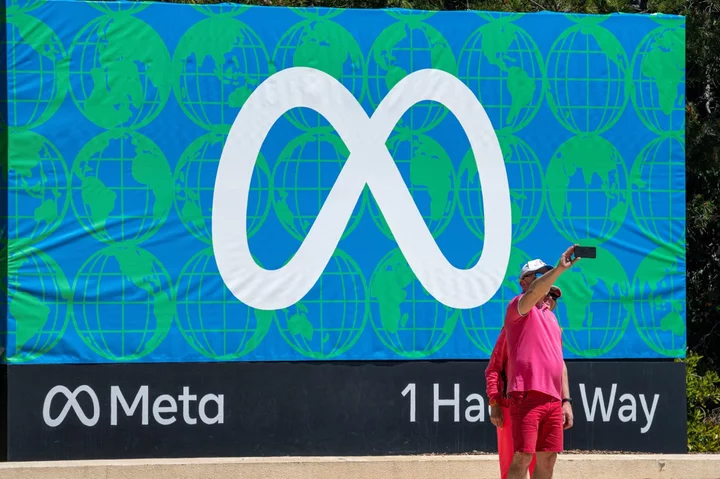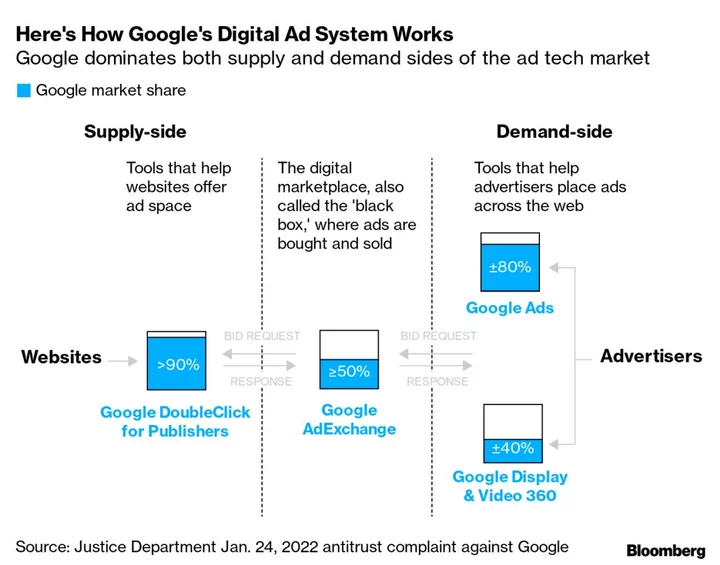Let’s meet the newest generation of nuclear activists.
There’s a Brazilian model. Miss America. A nonprofit founder who goes by Atomic Eric. And a PhD student at the Massachusetts Institute of Technology who calls herself Ms. Nuclear Energy and has more than 118,000 TikTok followers. They're all on the same quest: making fission more fun.
Taking to Instagram, TikTok and other social media sites, these influencers, including one who receives funds from a US Department of Energy lab, say they want to counter disinformation among people who instinctively associate reactors with potentially catastrophic disasters. The atomic evangelists are tapping into a generation that’s increasingly anxious about the warming planet by focusing on the fact that nuclear energy is carbon-free. The goal is to boost support at the grass-roots level and eventually lead to concrete plans for new power plants. Their short, snappy and often humorous videos and posts downplay the concerns of opponents, including Greenpeace, who argue nuclear energy is neither clean nor safe. Critics point to risks associated with uranium mining, management of nuclear waste and the high cost to build reactors.
@cunningham.kaylee#greenscreen EVERYTHING you need to know about #japan #fukushima #wastewater #contamination release into the ocean. #nuketok #msnuclearenergy #nuclearmeltdown
♬ original sound - Ms. Nuclear EnergyKaylee Cunningham, aka Ms. Nuclear Energy and the MIT graduate student in nuclear engineering, has drawn more than 2.4 million likes for the videos on her TikTok page that make fun of nuclear scaremongering. There are several about the controversial wastewater from Japan’s Fukushima power plant — “actually something you don’t need to be worried about.”
Cunningham, who said she receives no funding from nuclear groups, was spurred to create her first TikTok video in 2021 after touring geothermal power plants in Iceland; when she asked about the idea of complementing them with nuclear, Cunningham said she was dismayed when energy experts there conflated reactors with nuclear weapons.
Her post refuting the connection struck a nerve with viewers and she’s since uploaded hundreds more. One of her favorites is “Why Nuclear Power is Better Than Your Ex.” Reason No. 1: It’s clean. The post is funny but it also manages to tout some of the technology’s key advantages in just 15 seconds. And it’s one of the best ways to reach her peers in a way they will understand.
“Young people get their news from social media,” Cunningham said. “You don’t see technical people talking at this colloquial level.”
These nuclear influencers are helping drive a revival of the industry and that’s translating into concrete steps around the world. Japan is restarting reactors that have been idled since the 2011 Fukushima accident when a tsunami disabled a nuclear power plant, causing radiation to leak into the atmosphere. Some 110,000 residents had to be evacuated. California had planned to close its last reactor in 2025 but is now pursuing efforts to keep it in service. About 57% of Americans now say they favor the development of more nuclear plants, up from 43% in 2020, according to the Pew Research Center.
Miss America, Grace Stanke, is pushing the cause with a crown on her head.
Stanke, a University of Wisconsin-Madison nuclear engineering student, won the pageant in December and chose to spend her year holding the title to promote nuclear energy, appearing at conferences and encouraging students to pursue careers in the industry. That’s a notable change for the pageant; her predecessor used the platform to advocate for the Special Olympics. Stanke won $68,000 in scholarships through the contest and after graduating next year expects to work for Constellation Energy Corp., the biggest US nuclear operator, likely doing core designs.
“We need to see action start to be taken, and that does start at the top level when it comes to nuclear,” said Stanke, who describes herself as a nuclear nerd on her Instagram page, which has more than 19,000 followers. “More support today means more action tomorrow.”
Then there’s Isabelle Boemeke, a Brazilian model who posts under the nom du climate Isodope. In one of her beauty regimen videos -- which are more about nuclear energy than eye shadow -- she points out: “We want our pores as clean as our electricity.” In another, the self-described first nuclear energy influencer recommends a “cleanser called ‘stop shutting down nuclear plants for Christ’s sake.’” She also notes on her website that she receives no funding from the nuclear industry.
Short and quirky is what it takes to grab the attention of viewers, especially a younger audience with a short attention span, said Ioana Literat, an associate professor of communication at Columbia University’s Teachers College. Social media sites have become the public square of the 21st century, and that’s where Generation Z will congregate and share views. Climate change is perhaps the biggest issue for young people today, which is reflected in the growing support for nuclear energy.
“Activism now is happening on social media,” said Literat. “It’s evolved from holding up banners at protest marches in the 60s.”
@isodopethe makeup routine you didn't know you needed. ⚡️ #nuclear #fyp #foryou #isodope
♬ original sound - ???? ISODOPEThe support also shows a notable shift within the environmental community, said David Brown, senior vice president for federal government affairs & public policy at Constellation Energy. “It really has flipped the script,” he said. “You can’t really be serious about environmentalism if you’re not serious about nuclear energy.”Yet, the young nuke-fluencers continue to battle a lingering sense of anti-nuclear sentiment that emerged in the 1970s and 1980s as a response to atomic weapons and the military-industrial complex that promoted them. Big corporations, including the large utilities that were building nuclear power plants, were all viewed together as representing the forces that posed a threat to the growing environmental movement.
Many young promoters of nuclear energy lack first-hand experience with nuclear disasters such as Fukushima or Chernobyl, said Kevin Kamps, radioactive waste specialist with environmental nonprofit Beyond Nuclear. They may be excited by the carbon-free energy that comes from reactors, but they have yet to develop a corresponding sense of skepticism about it, he said.
“It's easy to bamboozle people who are too young to have lived through those experiences,” said Kamps. “There is such a thing as healthy fear. Being afraid of nuclear power and radioactivity and nuclear waste is a healthy fear.”
Eric Meyer, who goes by Atomic Eric, is executive director of the nonprofit advocacy group Generation Atomic, which has more than 14,000 followers on X. His group gets about one-third of its funding from Idaho National Laboratory, the US Energy Department site that’s doing research on advanced nuclear technology. The rest of his financial support comes from donations and selling merchandise.
During a recent visit to New York, he stopped by Times Square to interview tourists about nuclear energy. One guy visiting from the Netherlands was a big fan of reactors and said he can see a nuclear plant from his home. Another was surprised to learn it’s the top US source of clean power, much bigger than solar. Several were impressed by how much power can be provided by a uranium pellet, especially when compared to a truckload of coal. Most didn’t know much about energy policy, and some didn’t seem all that interested. A woman from Georgia only cared whether the reactors are reliable.
Their responses end up on his TikTok channel, alongside videos debunking myths about radioactivity and promoting nuclear energy.
“In the best-case scenario, people will do what I did and realize how important this is and then dedicate their lives to fighting for this,” said Meyer. “People will see the meme and then might graduate to checking out the podcast, and then they might really understand the issue.”


